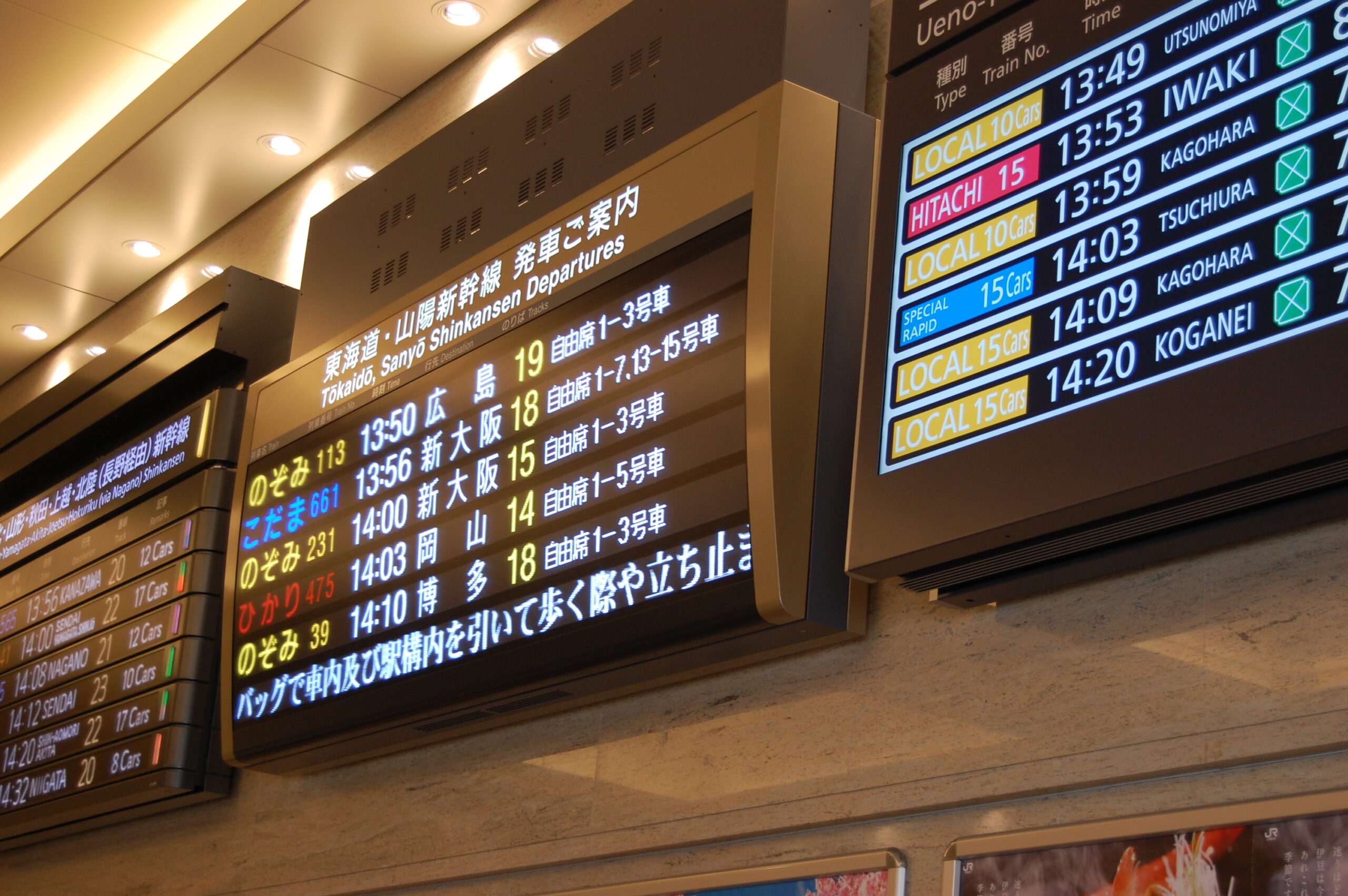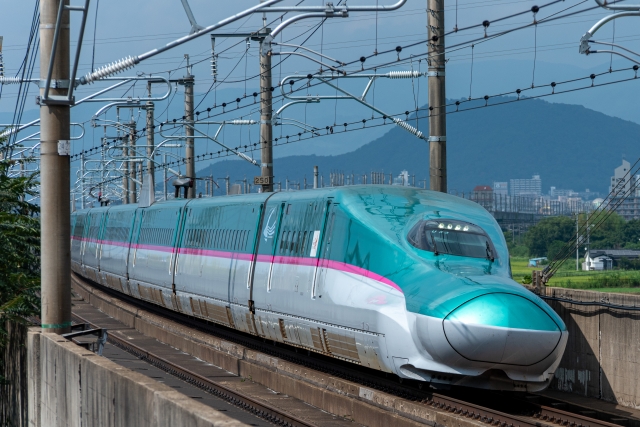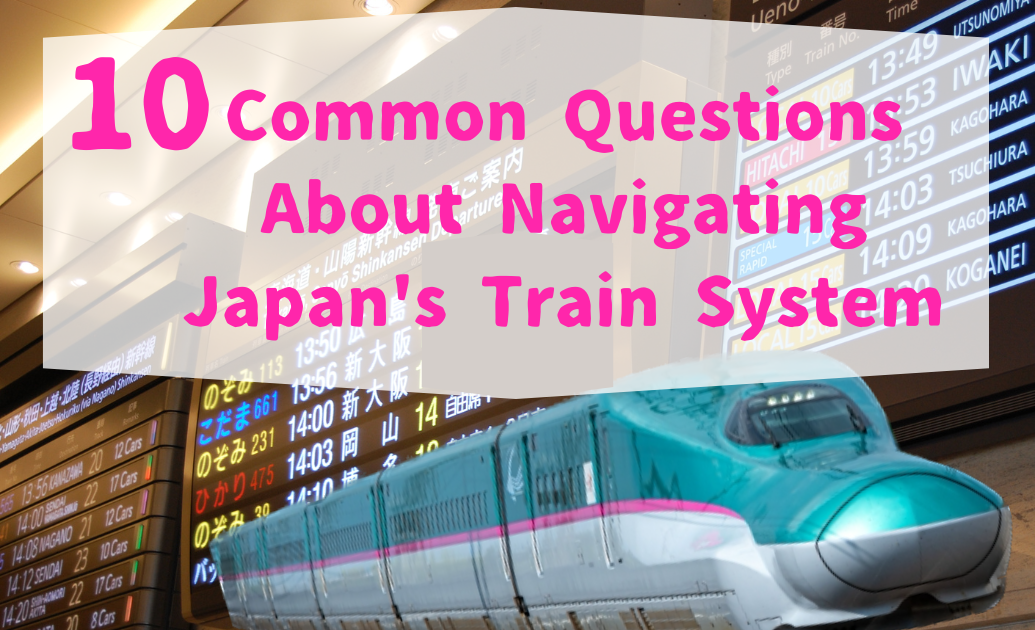I think Japan’s railroads are probably the most confusing in the world. I don’t really think so, having grown up in Tokyo and having worked in the train industry, but I can understand why people are puzzled. But I also think this is the flip side of the fact that Japan’s railroad network is the best in the world. The complexity, especially in urban areas such as Tokyo and Osaka, is outstanding. In this article, I will answer some of the questions that may confuse you about trains when you come to Japan.
1.What are the different types of railroads in Japan?
There are roughly three types of railroads in Japan: JR, private railways, and subways. A brief description of each is as follows.
JR
Originally state-run, the JR system was dismantled in 1987 to form six regional companies. Many people may recognize that in cities in other countries, all trains that run in the center of the city are subways. JR operates non-subway trains and the Shinkansen bullet train.
Private Railways
A railroad operated by a private company, whereas JR is a former Japanese National Railways. No company has a nationwide network of lines, but has lines and ground in each region.
Subways
As in cities around the world, subways run in major cities. Most of them are operated by local governments. In Tokyo, there are two types of subways: one operated by the Tokyo Metro and the other by the Tokyo Metropolitan Government.
2. Are there other types of trains besides Shinkansen and local trains?
Shinkansen is the English equivalent of bullet train. In addition to the Shinkansen, there are limited express trains that can travel long distances at high speed. To ride the Shinkansen and limited express trains, in addition to the train ticket(basic fare ticket), you must pay an express ticket, which is the price for speed.
3. Is there a way to distinguish between JR and other trains?
You would use Google MAP to find out how to get to your destination, right?
On that route, there are one or two letters of the alphabet that are the names of train lines. Trains whose first letter begins with J are JR.
If you remember this, it will make the complicated Japanese train system a little easier to understand.
4. How do I know the platform number?

The platform number is not written on the ticket. At large stations such as Tokyo Station, you can check it yourself on the electronic display board. Look for the train name like “Nozomi 1”.
At smaller stations, there are fewer lines, so it is quicker to ask the station staff.
5. Isn’t there more than one JR?
There are six companies named JR that operate passenger railroads: JR Hokkaido, JR East, JR Tokai, JR West, JR Shikoku, and JR Kyushu. They used to be one company as Japan National Railways, but now they are separate companies.
The web reservation sites and discount tickets are also different, so you may have to ask at each company to find out what they offer.
6. What is the fastest Shinkansen?
The Tohoku Shinkansen is the fastest Shinkansen currently in operation. You can experience this speed north of Utsunomiya Station. Try the Hayabusa or the Komachi.

7. What is a non-reserved seat?
Non-reserved seats on the Shinkansen and other trains mean that you do not have a assigned seat. You can take any train at any time as long as it is a non-reserved car. This is recommended for those who wish to travel flexibly. However, there is no guarantee that you will be seated, so you may have to stand up. Of course, if there is no seat available, you may forego one train and take the next one.
8. What is a Green Car?
A green car is a first-class car in European railroads. In Japan, 2nd class cars are called “ Ordinary Cars”. There are various theories as to why they are called “green cars. However, among Japanese people, the term “green car” is often associated with the image of luxury seating.
In the green car, meals are not provided, but the seats are wider and more comfortable.
9. What is a more luxurious seat than the Green Car?
The “Gran-Class” introduced on Shinkansen trains running in eastern Japan is such a case. In some sections, Gran-Class passengers are assigned a dedicated staff member and meals are provided. The price is higher than that of the Green Car, but the comfort is much higher.
10. Is it true that there is a night sleeper train?
The Sunrise Izumo/Seto is the only night sleeper train in regular operation. This train departs from Tokyo Station around 10 pm. The next morning, the Sunrise Izumo arrives at Izumo City Station in Shimane Prefecture, and the Sunrise Seto arrives at Takamatsu Station in Kagawa Prefecture. The reverse section is also operated. Although the trains themselves are old, enjoy a trip on the only remaining overnight sleeper train.

